
Something you find out about quickly in Colorado is how distances between places get distorted by the terrain of the state. On a map, two towns may look close to each other but because there’s a mountain range between them, the practical distance, the distance you have to drive, is surprisingly far.
One of my favorite examples of this is the distance between Twin Lakes and Aspen. Twin Lakes is the closest town to Aspen from the east side of the Continental Divide. In the summer, it’s only 38 miles between the two towns over Independence Pass. However, in the winter, CDOT (Colorado Department of Transportation) closes the pass and the only way to get to Aspen from the east is to loop north around the mountains up to I-70 and come in from the northwest, a distance of 150 miles.
CDOT closes Independence Pass from early November until late May every year due to the weather. While this may cause problems for drivers, it creates a unique opportunity for cyclists. You see, for a narrow window of about a week every May, from the time CDOT finishes plowing the road until they officially open the gates for vehicular traffic, you can ride your bike from Twin Lakes to Aspen on an empty stretch of asphalt over one of the most spectacular mountain passes in the state, unencumbered by cars, trucks and campers. Presumably, you could do this in November too, but the fall closure is more weather dependent. Meaning, the date is variable depending on the snow, and once the decision to close it has been made, you really don’t want to be up there on a bike.
CDOT was being coy about the exact opening date on their web page but after a little searching, I found other sites that said in the spring, they almost always target the Thursday before Memorial Day as the opening date. I decided to make the Wednesday before that the day for a ride to Aspen. For the past week the weather in the mountains has been unsettled with rain most days. Wednesday was forecasted to be partly cloudy in the morning with rain in the afternoon. With an early morning start, I figured I should be able to pull it off.
Mt. Elbert and the town of Twin Lakes on the drive up.

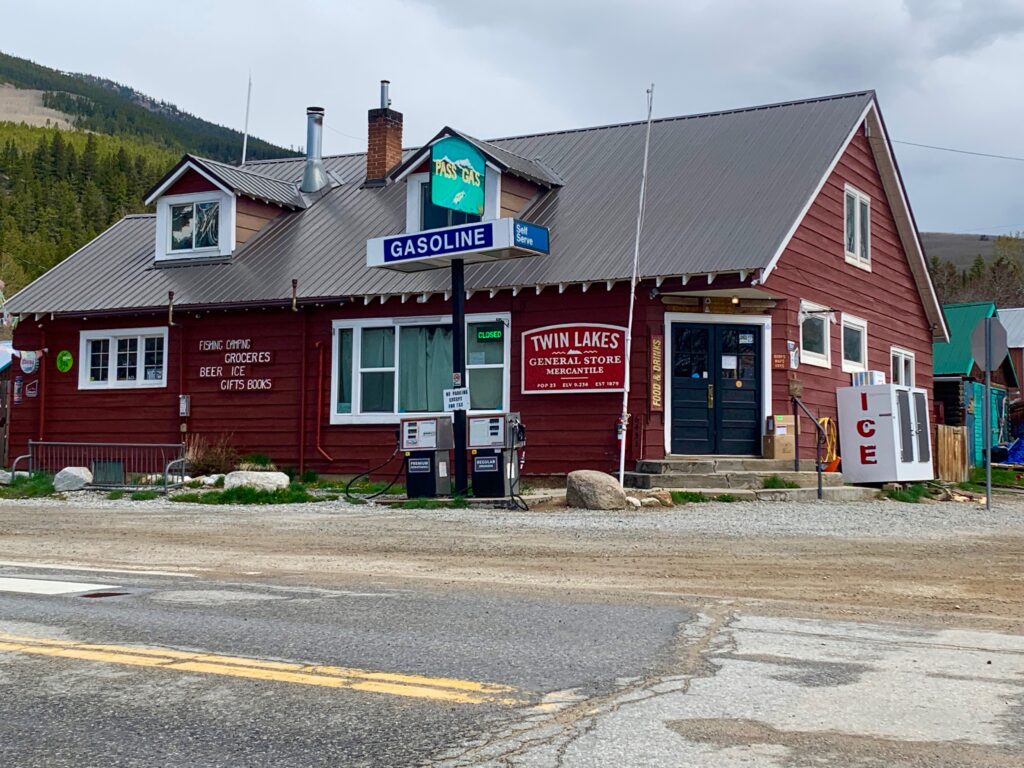
Given the threat of afternoon rain and the amount of time it would take to cover the full 76-mile round trip, I decided to move my starting point to the highway 82 closure gate, 10 miles up the road from Twin Lakes. That would make the ride a more manageable 56 miles. There is a large pull off area just before the gate and there were already two cars parked there when I pulled in at 7:00 a.m.
The gate. Sorry for the lousy picture. Not sure what happened.

Just past the gate, miles of scenic, empty asphalt.
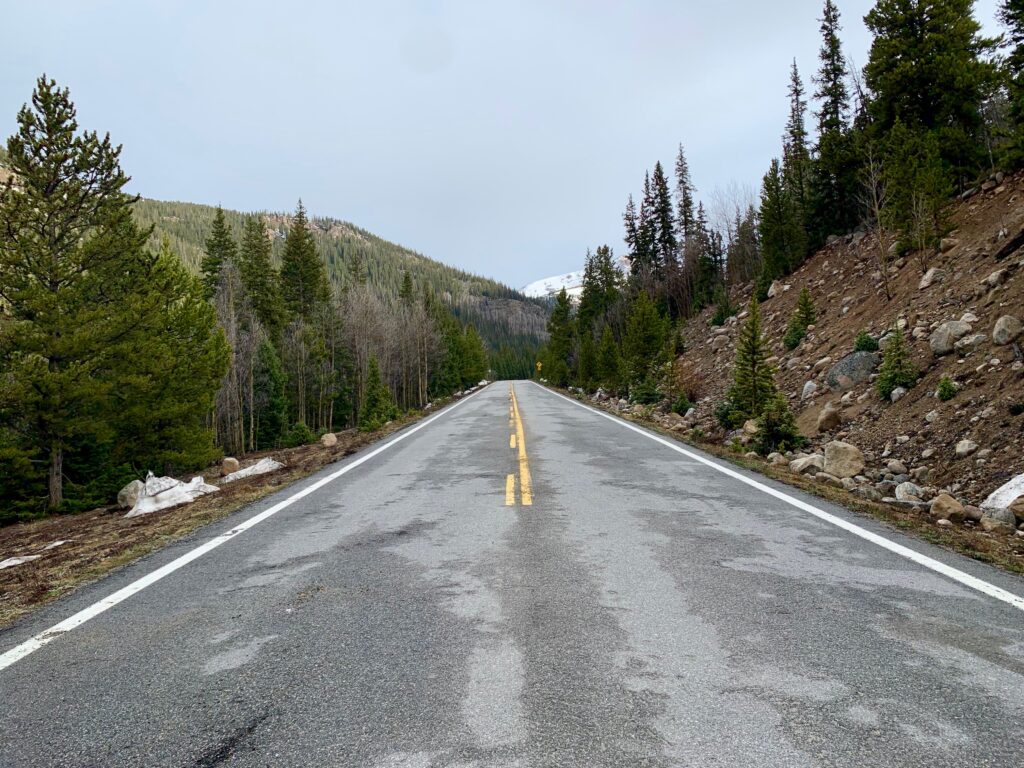
Starting the climb in the lower valley, following the North Fork of Lake Creek.
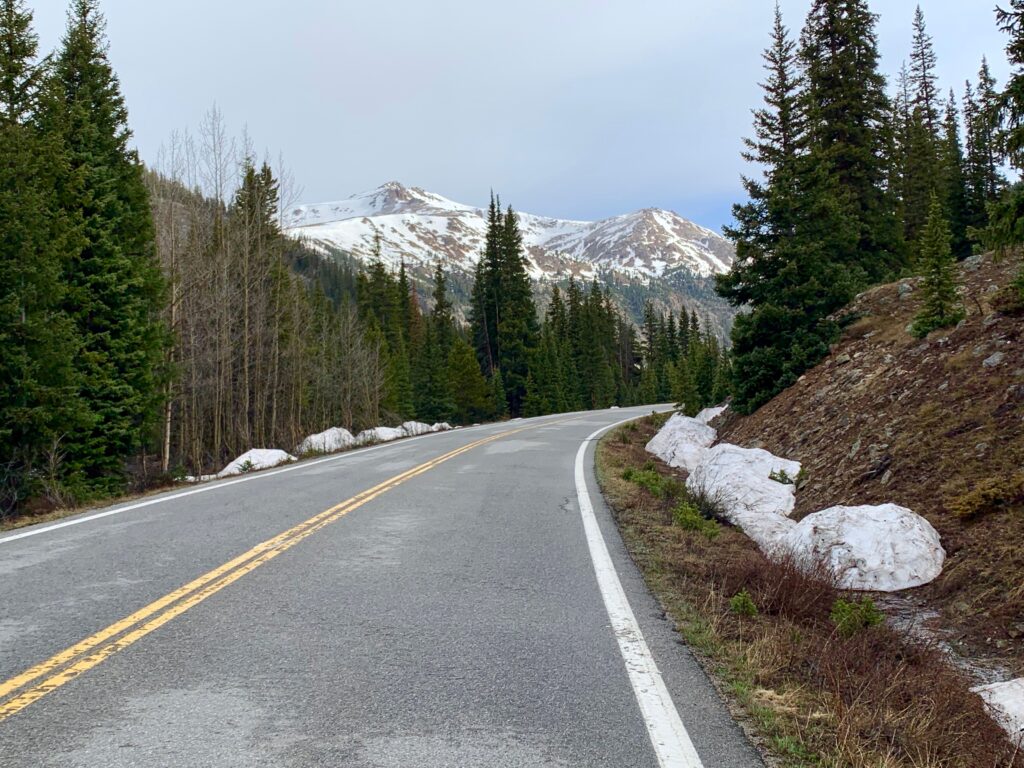
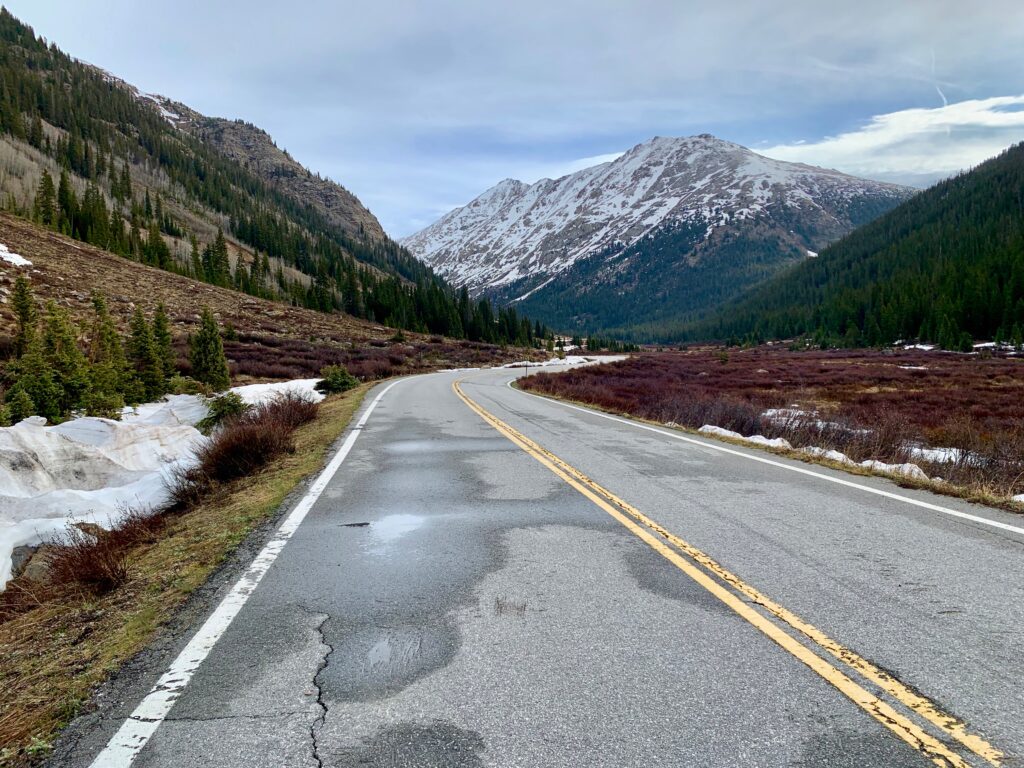

Sometimes I rode on the left just because I could.
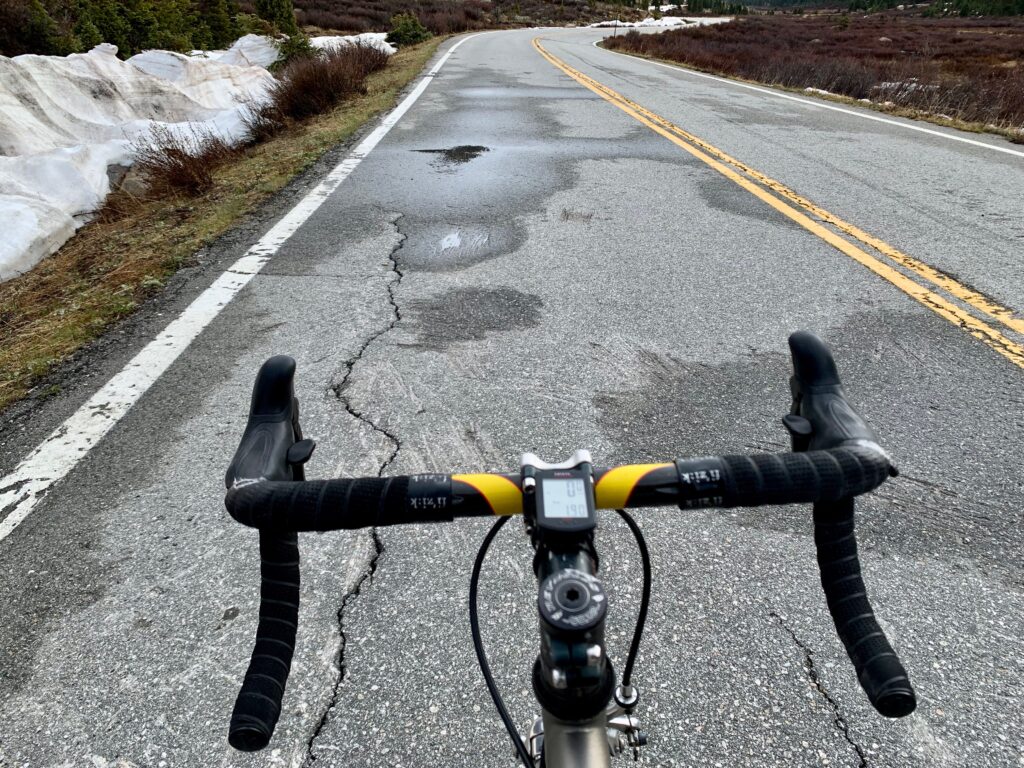
Approaching the first switchback.
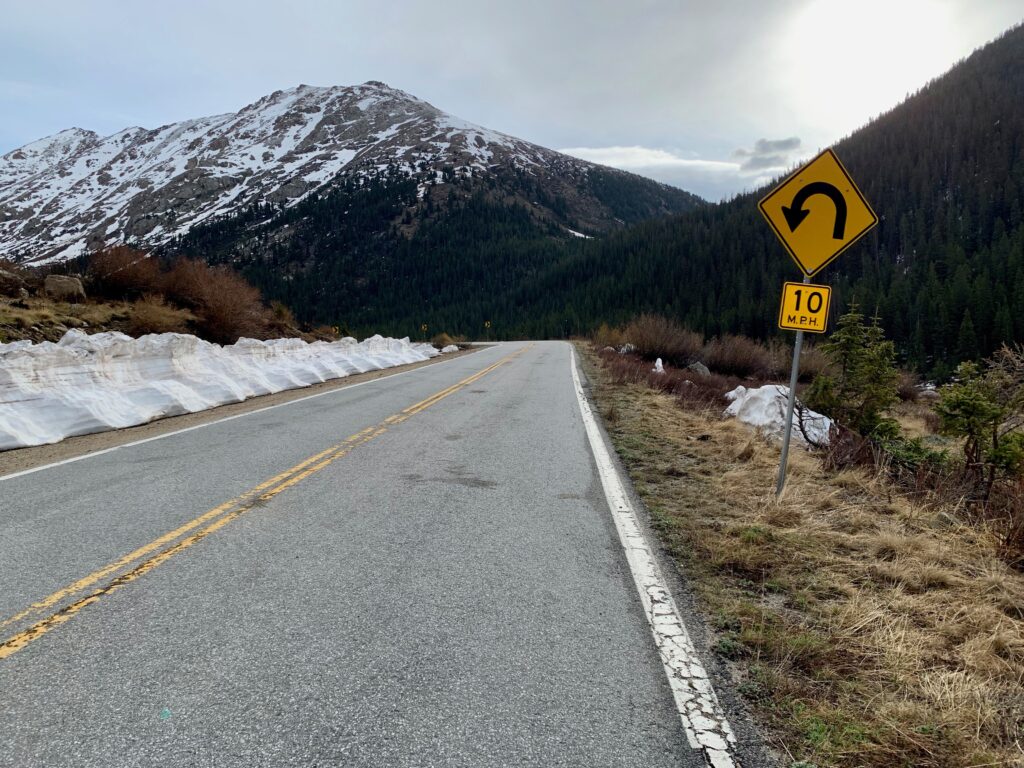
Looking back down at the valley where I started.

Cool waterfall next to the road.
Higher up, the scenery began to resemble the high passes used in the Giro d’Italia like the Gavia and the Stelvio.
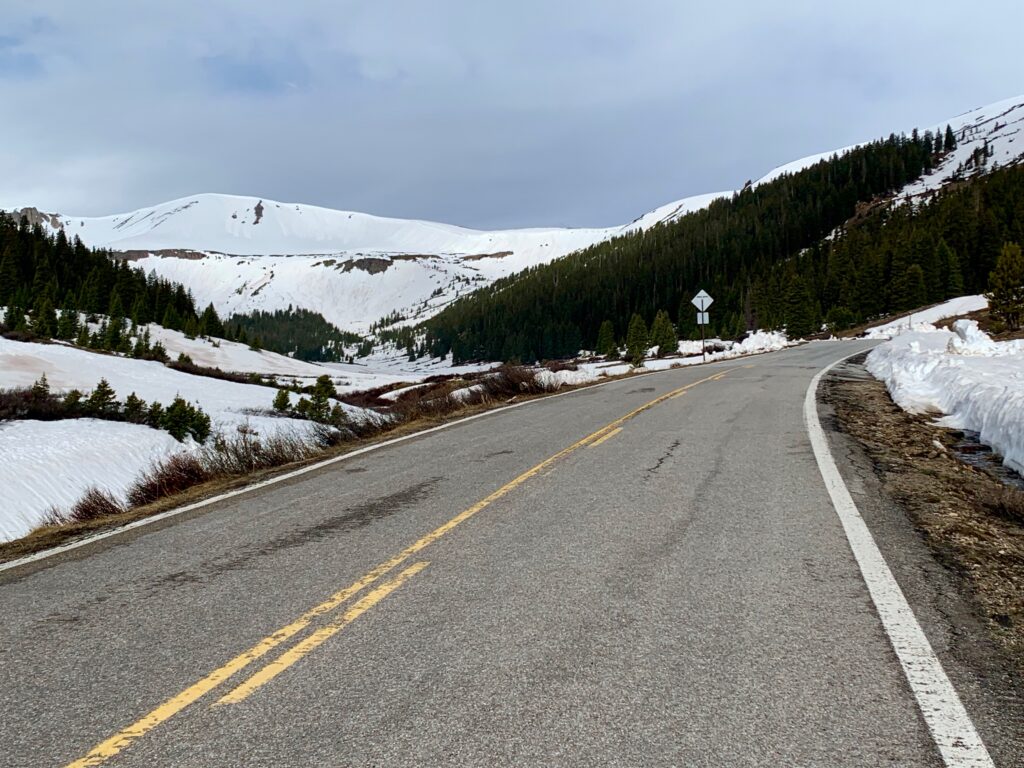
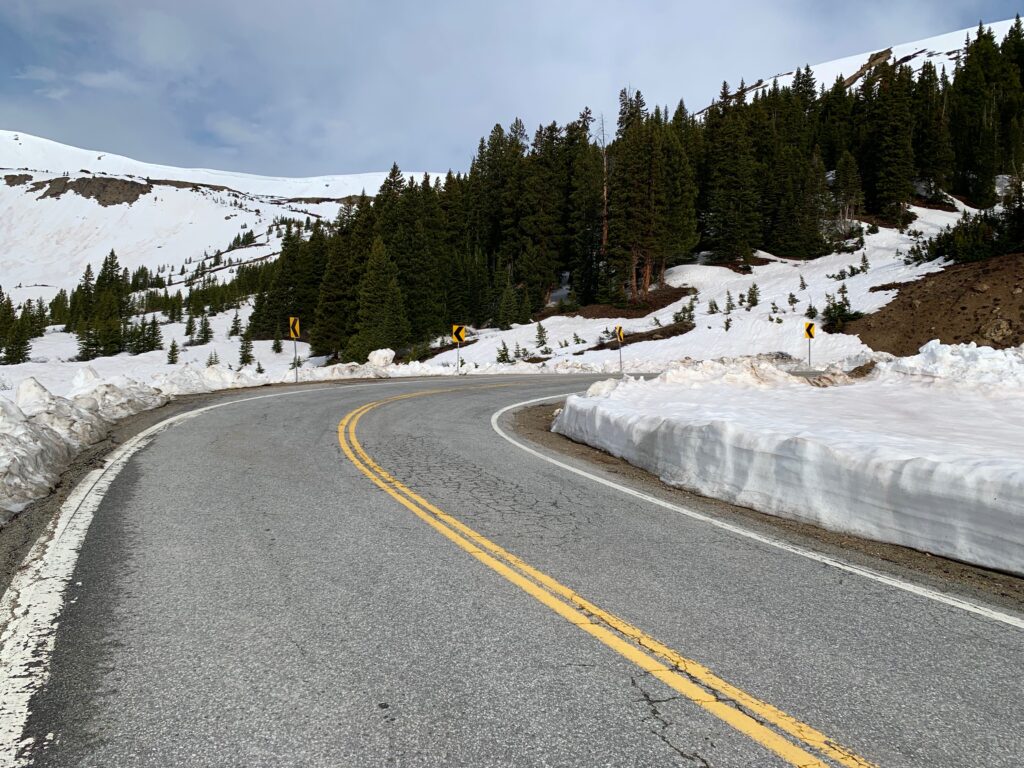
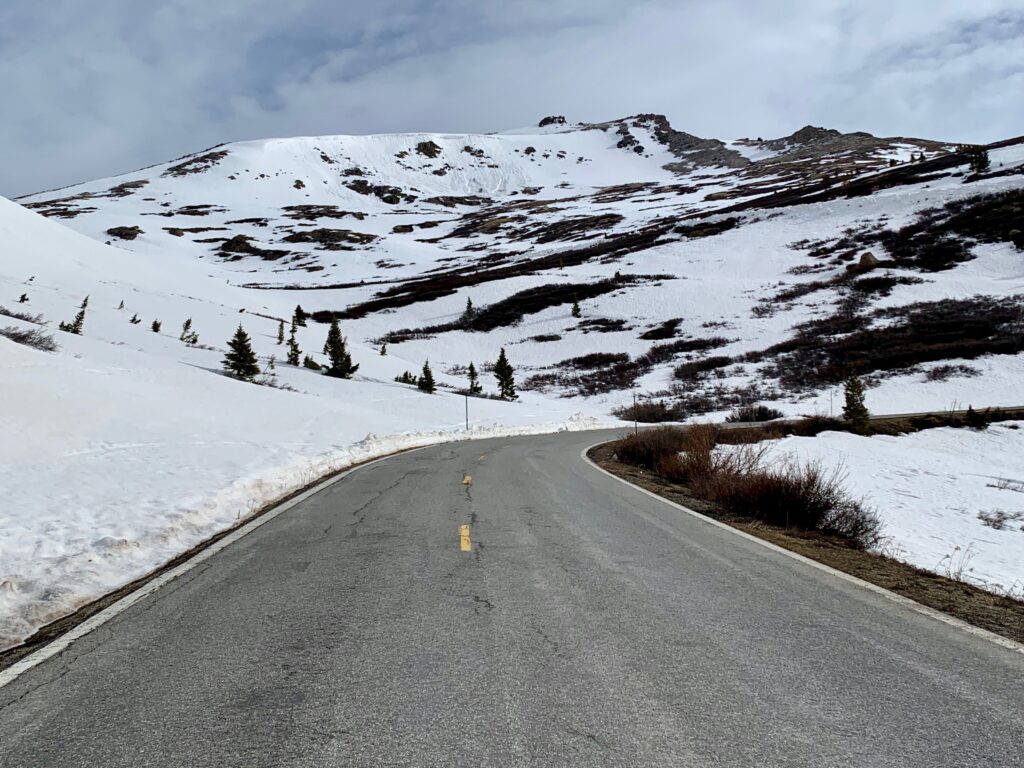
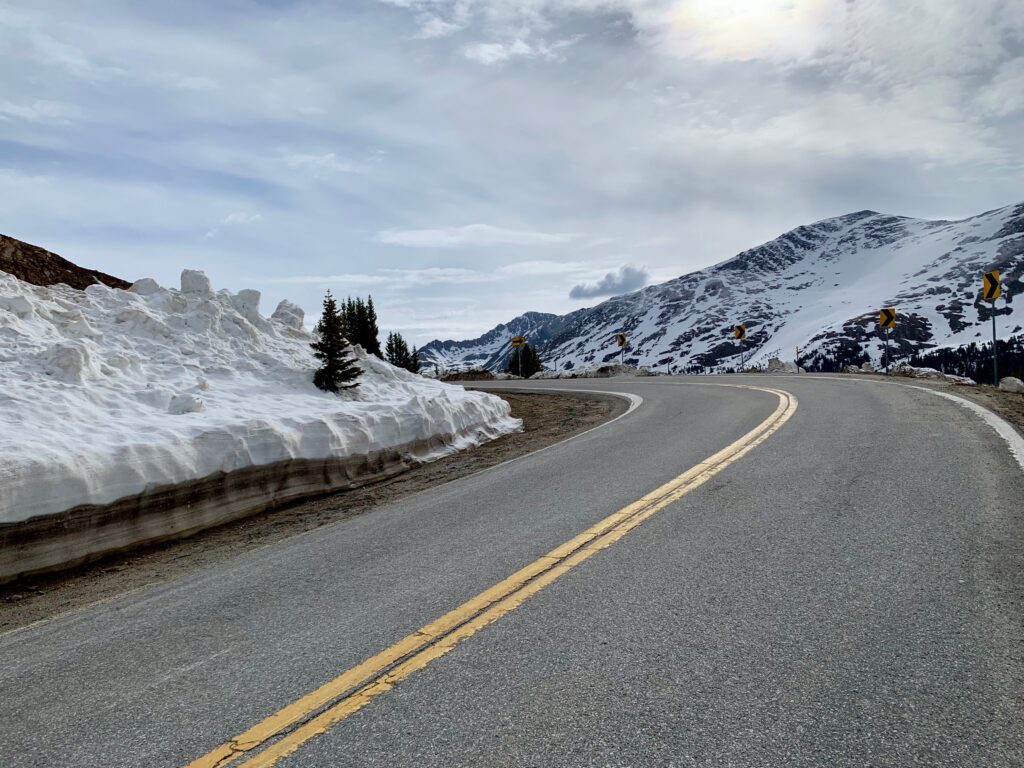
The Pitkin County line. Kind of surprising because typically in Colorado county lines are at the top of mountain ridgelines. I was still several hundred feet from the top.
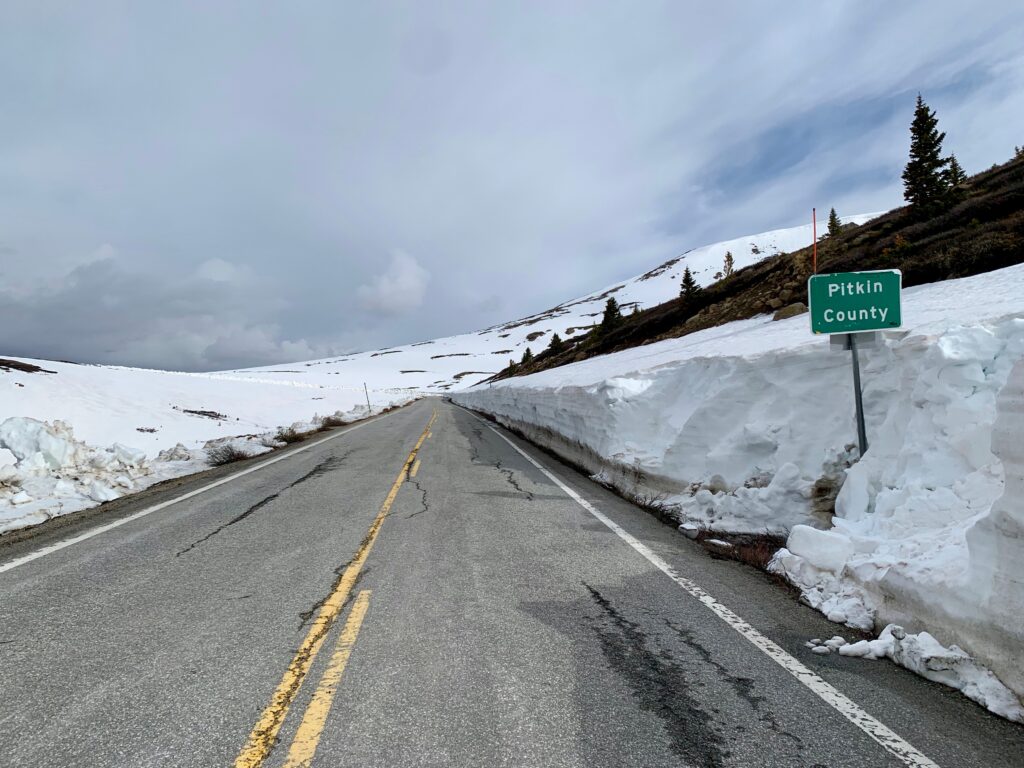
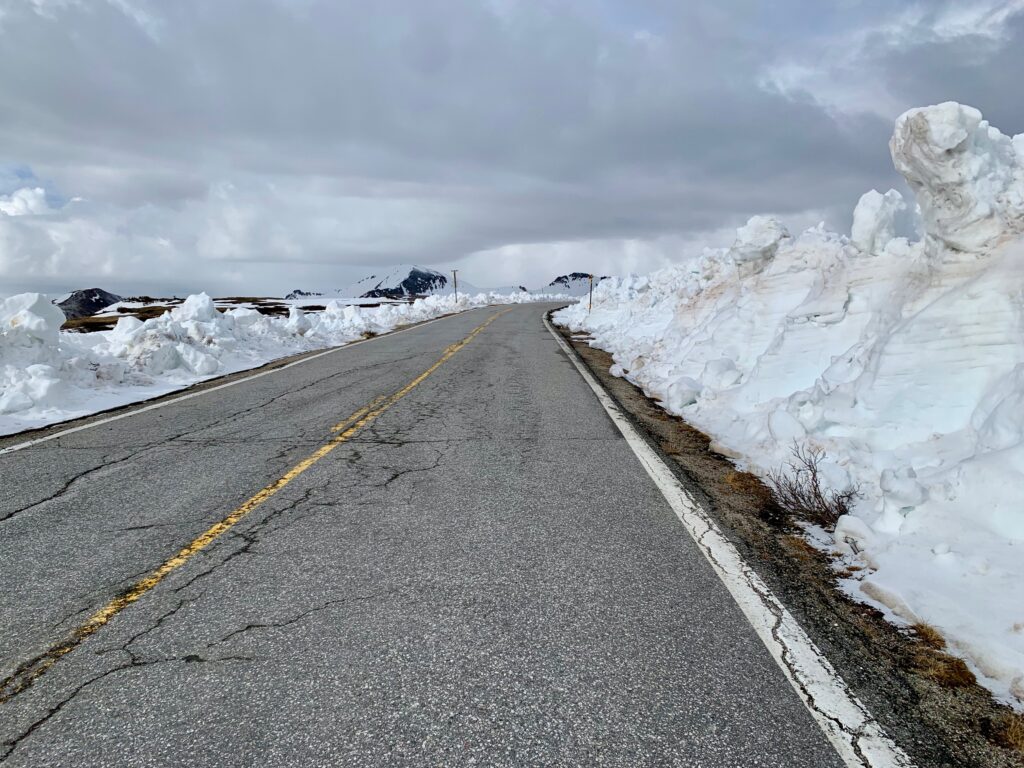
Top of the pass.
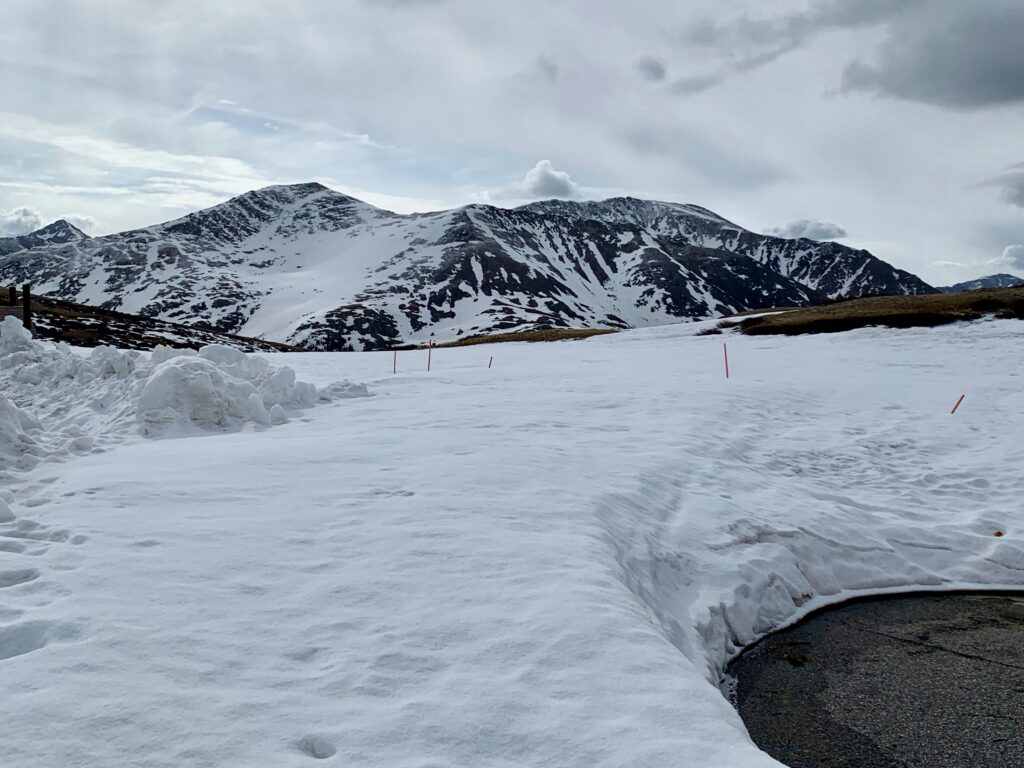
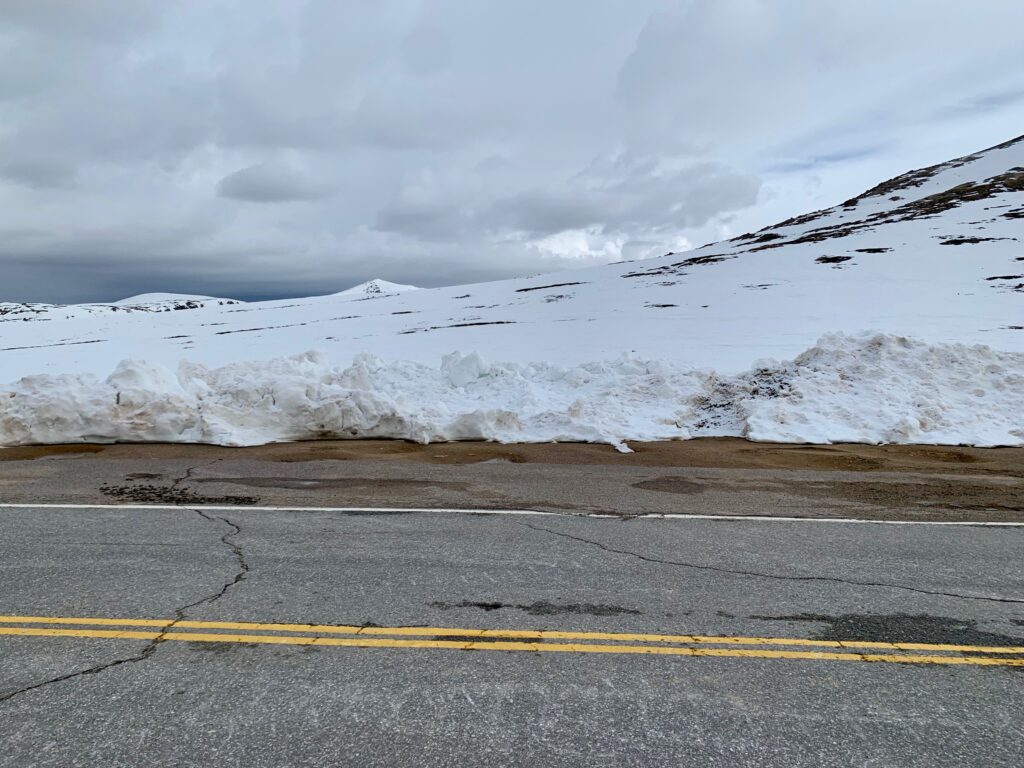
Independent Fabrication on Independence Pass.
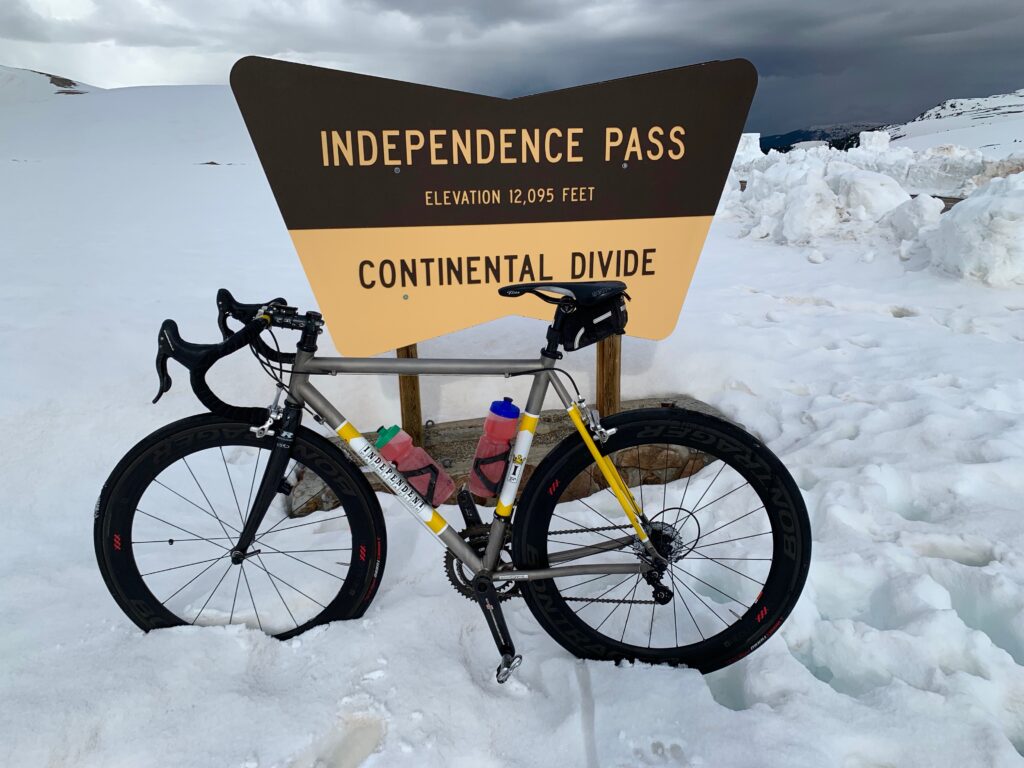
Starting the descent. In hindsight, those dark clouds in the distance should have given me more pause. But they looked far away. I figured there was a good chance they’d clear out before I got way over there. There was still plenty of high-speed descending to enjoy before then.
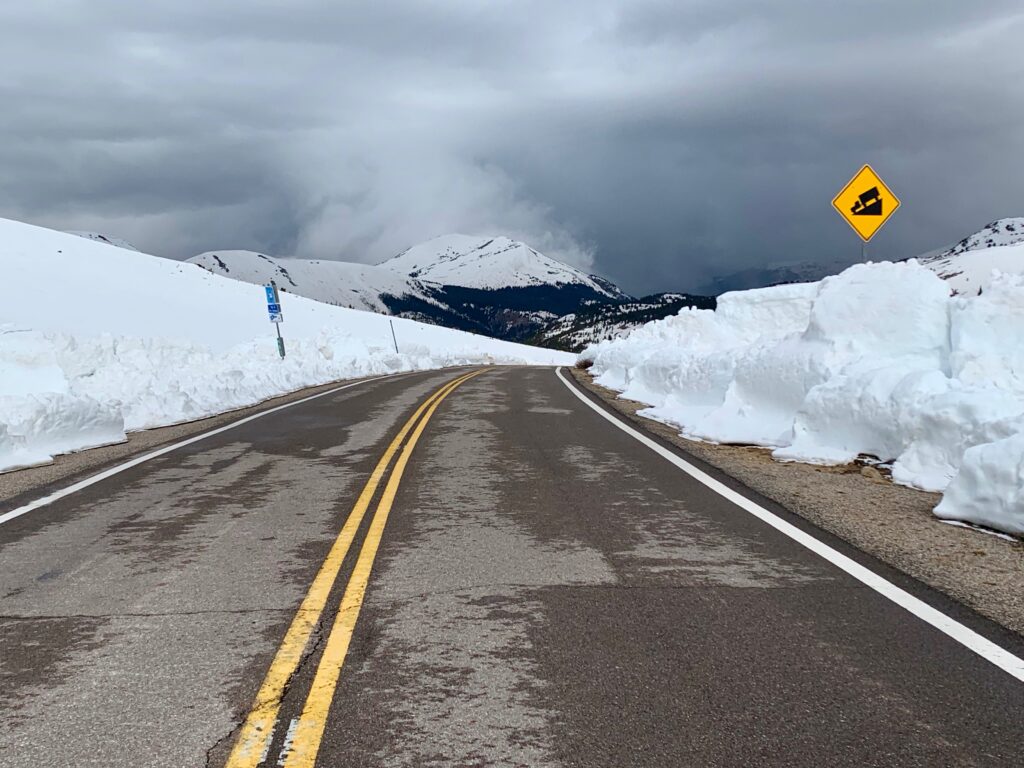
Being able to use the entire road really comes into play on the descent. Swooping wide, crossing the yellow line and then cutting the apex of corners without fear of oncoming traffic makes descending way smoother and safer. Just like the pros!
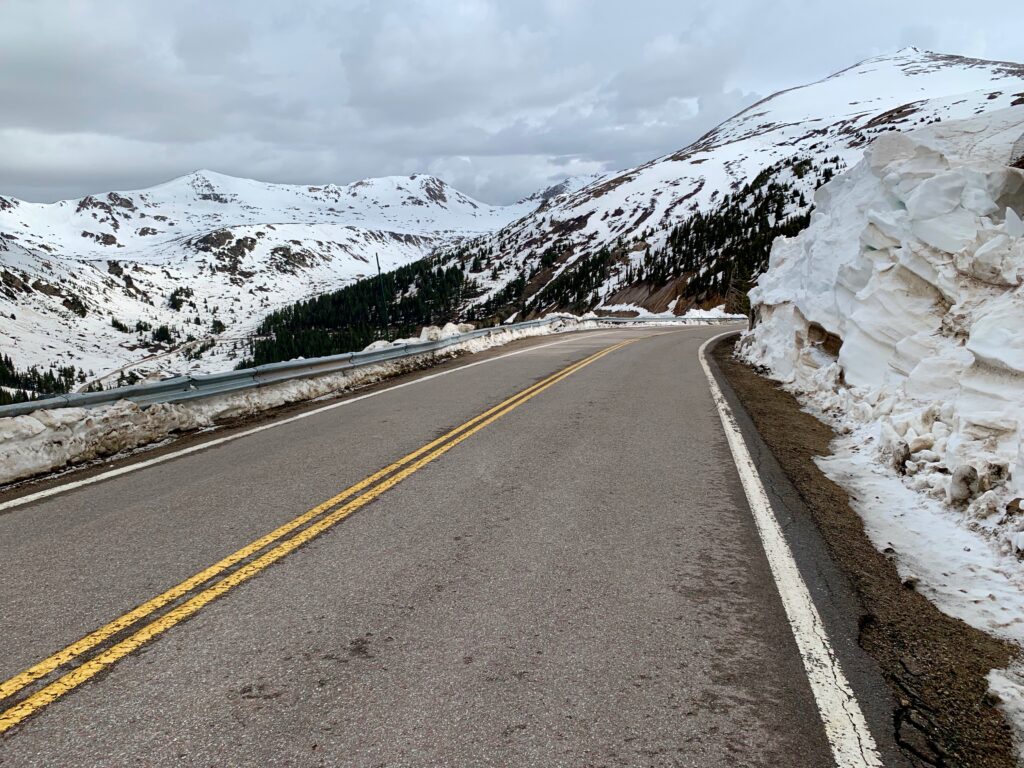
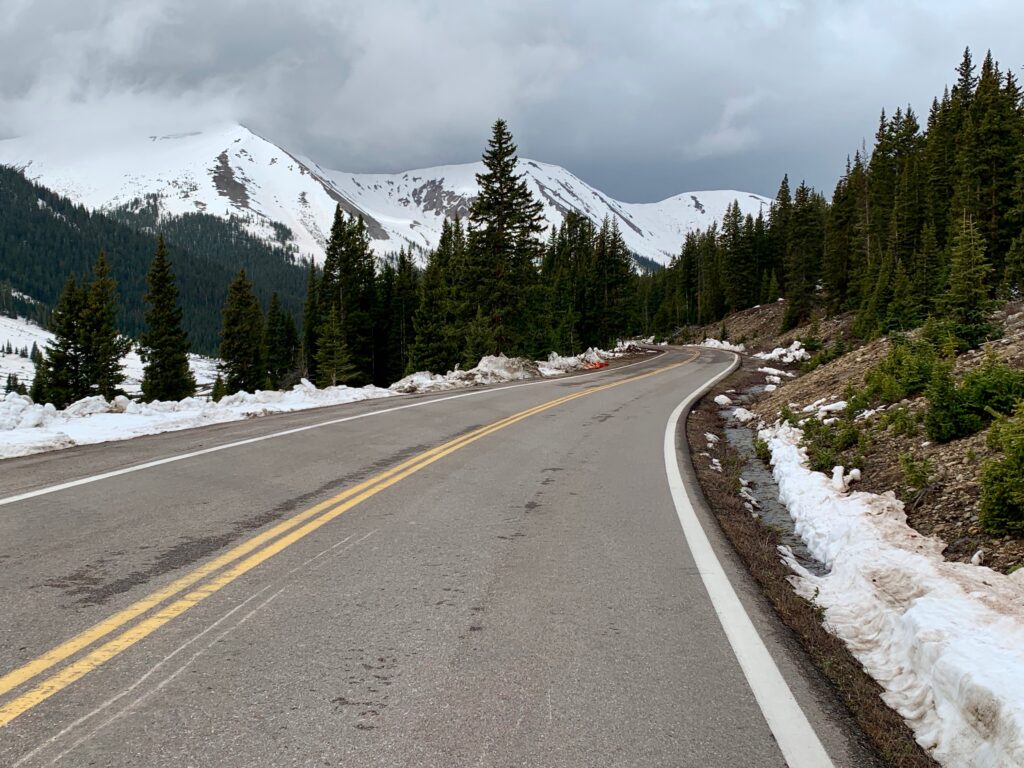
I had only descended a couple of miles when I could feel the wind starting to buffet my wheels and I could see the sky getting disturbingly dark. At the Independence ghost town site, I stopped to get some history and to re-assess my plan.

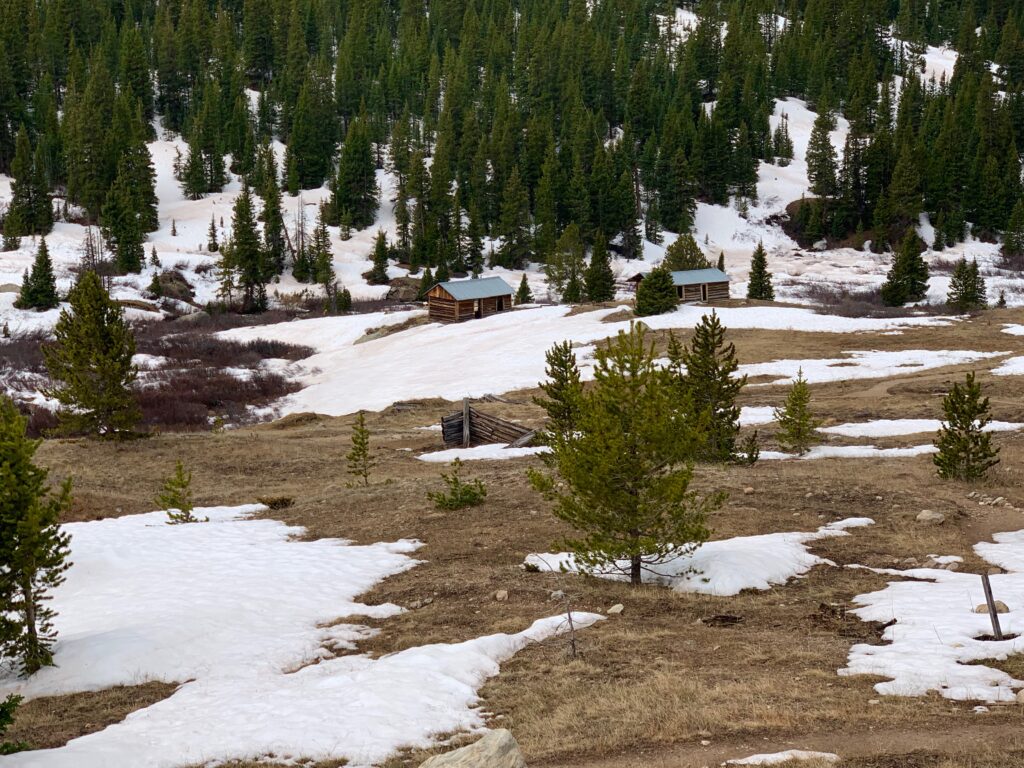
The rain that had seemed miles away from the top had worked its way up the valley and was now visible just down the road. Time to pull the plug. Aspen would have to wait for another day. I quickly turned around and started the climb back up the pass.
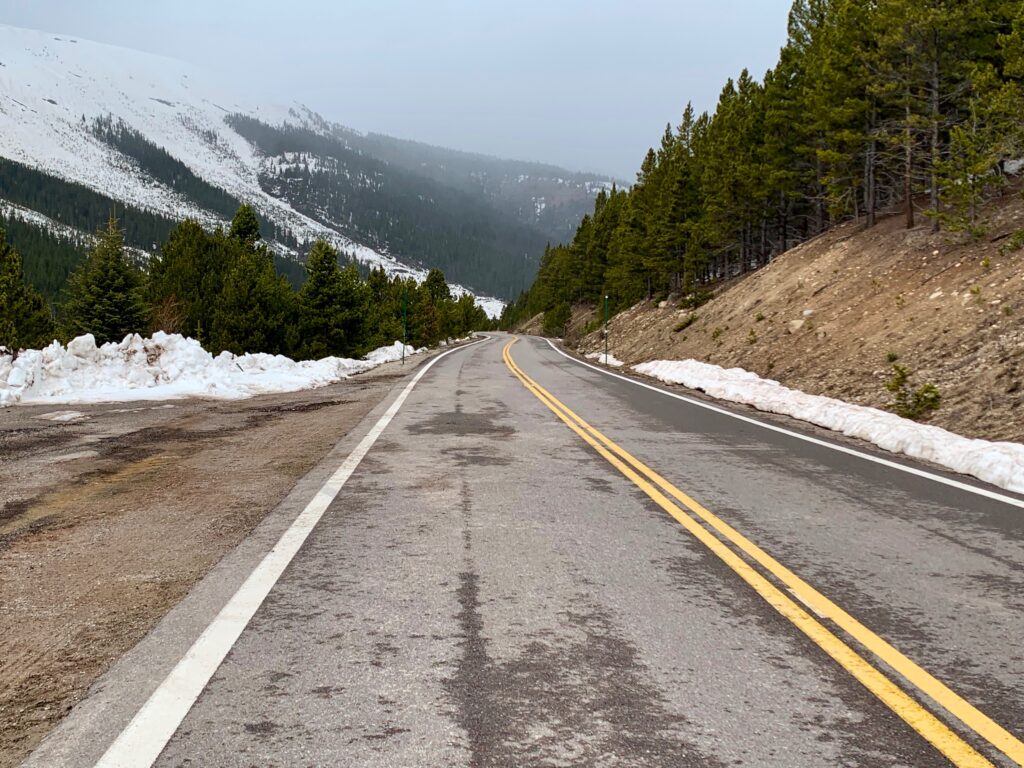
I had climbed maybe a quarter mile when there was a flash of lightning and a crack of thunder over my head and it began to rain. Ok, not great, but manageable. But within a few more minutes the rain turned to graupel and then to wet snow. Oh, and the thunder and lightning continued. I was now in a thunder blizzard.
I had on plenty of warm layers. As long as I was exerting effort on the climb, I figured I could stay warm. I’d worry about the descent when I got to the top. Maybe it was still sunny over there? For now, I just needed to keep climbing.
The general rule when faced with lightning in the mountains is to stay low and seek cover, but there I was climbing higher with every peddle stroke and I knew if I stopped, I’d freeze. I figured a quick death by lightning would be preferable to a slow death by hypothermia. Such were the thoughts that ran through my head at that moment.
Within minutes, a half inch of snow had accumulated on the road and the flakes were falling fat and fast. I had to stay balanced front to back to keep the back tire from spinning out. I had passed a couple of CDOT work trucks as the rain started but now I was on my own. About this time, I had another thought about the Giro, Andy Hampsten’s ride up the Gavia that won him the 1988 race. I didn’t see the 1988 Giro but I’ve read the stories and seen the iconic photo.

That’s pretty much what it was like. And while Andy had a team car behind him and I didn’t, I was on a bike that probably weighs half as much as his with wider tires, better brakes and more gears. So the only question was, what would Andy do? He’d peddle his ass up this mountain as fast as he could, that’s what he’d do.
It was too cold to take any more pictures. But when I re-summitted the pass I stopped for just one to illustrate the ridiculousness of my situation. Taken at the same spot as the start of descent picture above, about an hour later pointed in the opposite direction. Sure could use some knobby tires right about now.

Needless to say, the descent was flat out terrifying. With a half inch of snow on the road, maximum speed was about 15 mph. It was a fine line between wanting to get down the mountain as quickly as possible and not wanting to slide off the edge into oblivion. Coasting, I was no longer exerting myself and my warm layers were starting to soak through from the wet snow constantly pummeling me. I quickly ditched my glasses, which were hopelessly iced up, but that meant squinting my way through the giant snowflakes hitting me in the face.
I was completely alone on that road until about halfway down when I saw the tracks of three bikes that had recently turned around in the snow. Shortly thereafter I passed three riders who had been coming up from Twin Lakes but had also decided to abort their ride. As I rolled by them, I heard one of them say to no one in particular, “fuck this”.
My thought exactly.
Approaching the last switchback on the way down, the snow turned back to rain and I could ease off the brakes and let the bike roll at the speed it wanted, speeding my descent but treating me to a 35-degree bidet of road spray coming off my tires. That gate could not come fast enough.
By the time I got back to my car I was shaking uncontrollably. I don’t remember the last time I’ve felt that cold. Covered in snow and road grit, soaked to the skin, I threw my bike, my gear and myself into the car and started it up.
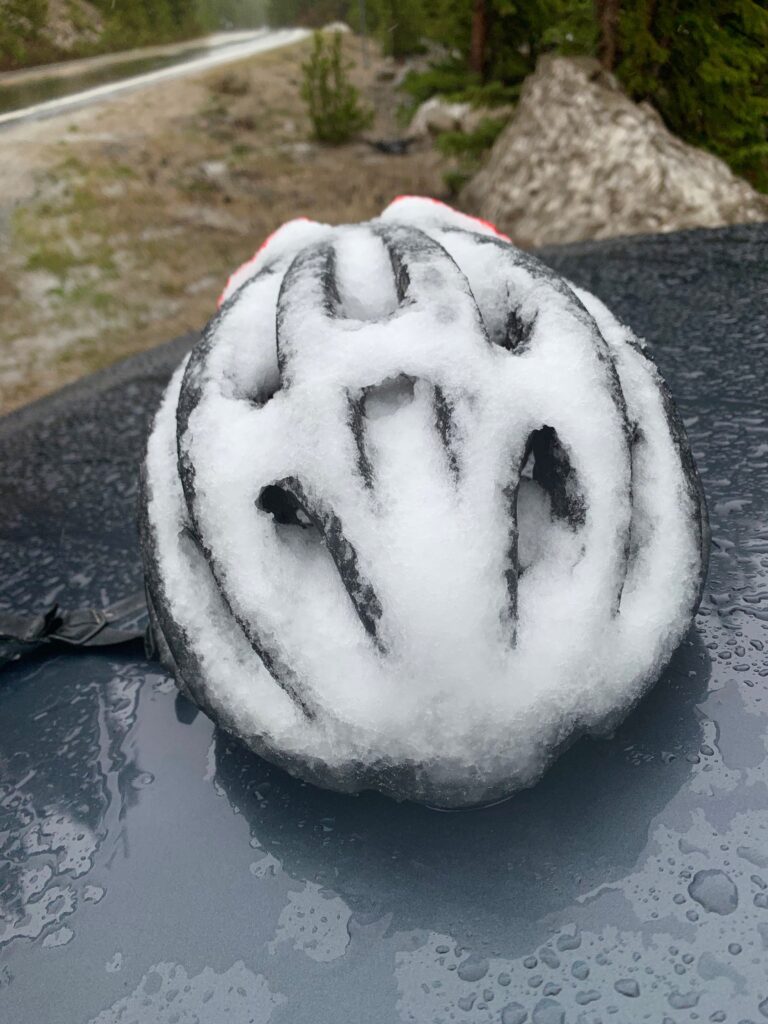
Heater: max. Seat warmer: yes. It felt so good to be off the bike, out of the weather, stationary, getting warm and dry. I sat there for probably a half hour until my shivering subsided and changed into dry street clothes.
I was disappointed I hadn’t completed my Giro d’Aspen. It was a great ride until it wasn’t. The scenery is spectacular and what a unique opportunity to be able to enjoy it without traffic. That never happens on your average road ride. But mostly I was thankful that I had survived what could have easily turned into a bad situation. I know the weather can change rapidly in the mountains. I’ve seen it before. I just needed a little reminder.
Maybe next year.